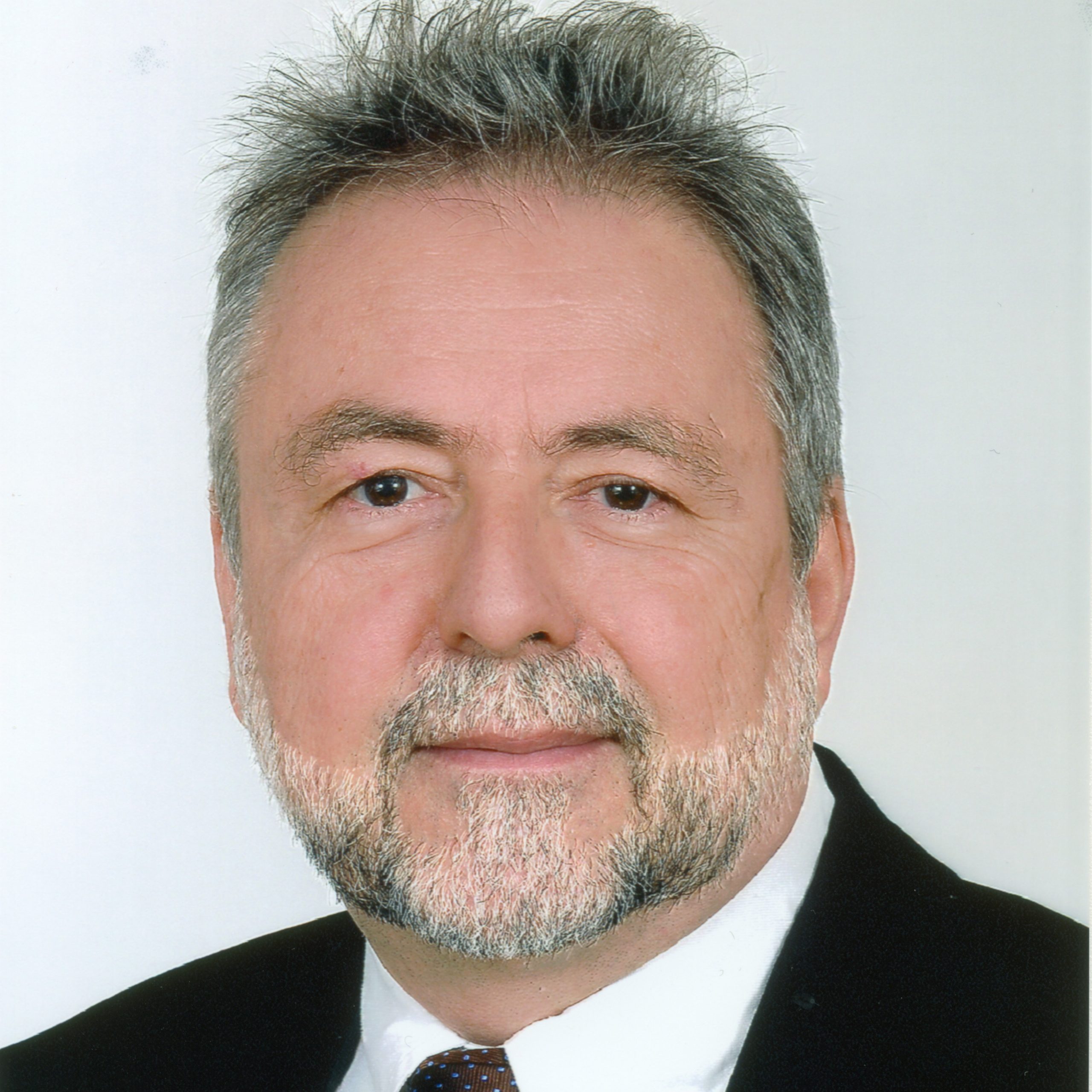The course introduces the principles and methodologies for modeling and optimizing food related processes through computational tools. The course material includes: Introduction to modeling of food processes. Nonlinear algebraic equations. Systems of linear and non-linear algebraic equations. Simple and multiple linear and nonlinear regression. Systems of ordinary differential equations - Initial Value Problems. Numerical integration. Introduction to optimization. Linear programming. Applications through EXCEL and MATLAB.
Upon successful completion of this course the student will become familiar with the use of mathematical equations to describe the basic phenomena observed in food processes. He will learn the basic numerical methods for solving various mathematical problems, and the use of the EXCEL and MATLAB software for modeling and optimization in food processing.

